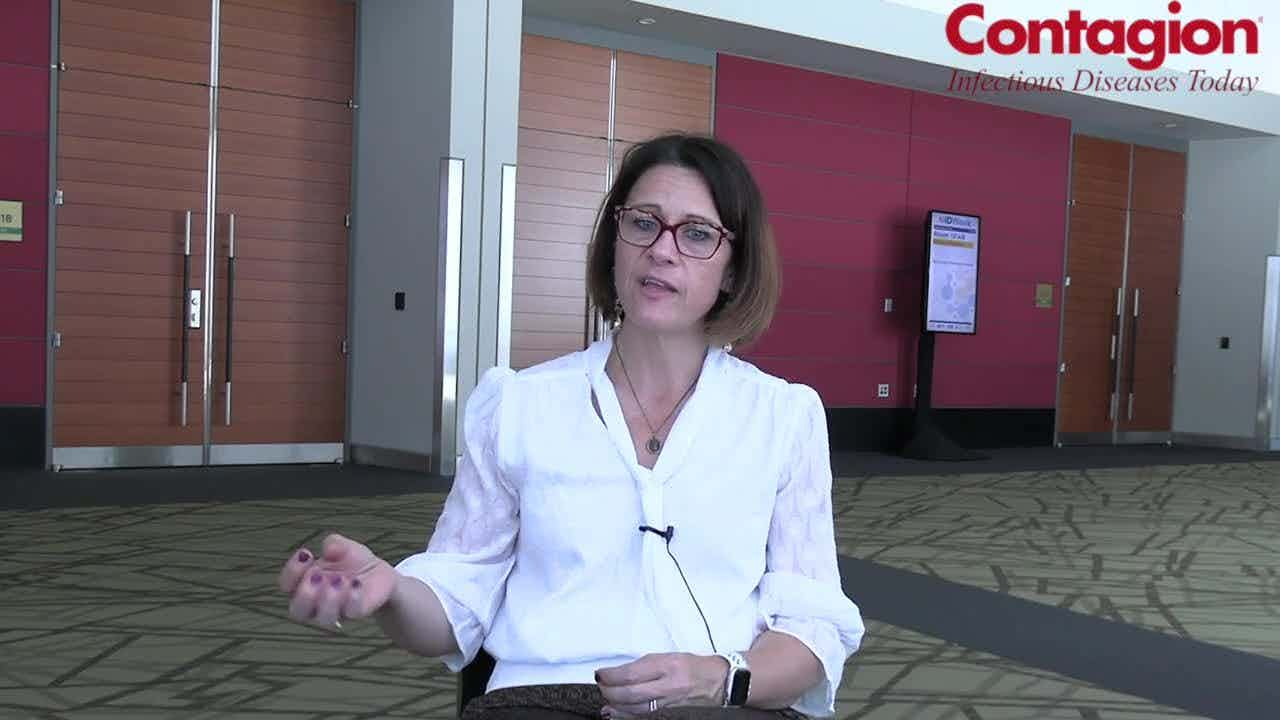SHEA Releases Guidance on Duration of Contact Precautions for MDR Infections
SHEA has released expert guidance advising hospitals on when they can safely take patients with multidrug-resistant bacteria off of contact precautions.
The Society for Healthcare Epidemiology of America (SHEA) has released guidance on when hospital workers should stop contact precautions for patients with multidrug-resistant bacterial infections. In addition, the expert guidance, published in the journal Infection Control and Hospital Epidemiology, also provides an assessment on the role that molecular testing plays in making this decision.
Antibiotic-resistant health care-associated infections are on the rise and are responsible for increased morbidity, mortality, and financial burden. In order to prevent these hard-to-treat infections from spreading throughout facilities, initiating timely contact precautions is imperative. Contact precautions include donning gowns, gloves, and masks, and are tailored specifically to protect against organisms such as methicillin-resistant Staphylococcus aureus (MRSA), Vancomycin-resistant enterococci (VRE), and Carbapenem-resistant Enterobacteriaceae (CRE), and Clostridium difficile (C. difficile).
“Because of the virulent nature of multidrug-resistant infections and C. difficile infections (CDIs), hospitals should consider establishing policies on the duration of contact precautions to safely care for patients and prevent spread of these bacteria,” study author David Banach, MD, MPH, hospital epidemiologist at the University of Connecticut Health Center, said in the press release.
“Unfortunately, current guidelines on contact precautions are incomplete in describing how long these protocols should be maintained.”
Until now.
“We outlined expert advice for hospitals to consider in developing institutional practices to more effectively use contact precautions to safely care for patients,” Dr Banach said.
Authors of the guidance based their recommendations on “available evidence, theoretical rationale, practical considerations, a survey of SHEA members, author opinion, and consideration of potential harm, where applicable,” according to the press release.
Here are some important takeaways:
- Hospital workers should be cognizant of how much time has passed since the last positive culture to determine if contact transmission is likely.
- Certain patient characteristics outlined in the guidance can help workers determine duration of care.
- For CDI: Health care workers should continue contact precautions for at least 48 hours after diarrhea stops. However, if CDI rates increase despite infection prevention and control efforts, health care workers should consider extending contact precautions
- As for CDI patients readmitted to the hospital, there is not enough evidence to make a formal recommendation on placing them on contact precautions.
In a past interview, study author and SHEA member Gonzalo Bearman, MD, MPH, chairman of the Division of Infectious Diseases at Virginia Commonwealth University sat down with Contagion® to discuss alternatives to contact precautions for patients with C. difficile.
“I think I think that an alternative to contact precautions for C. difficile would be, first, be very aggressive with your hand washing, your disinfection of the environment, either with bleach or even using some of the new technologies, such as UVC technologies, or robots, or UVC light technologies,” he said. “Instead of isolating everyone, for example, with active detection and isolation, minimizing the use of contact precautions just for people who are truly infected.”
Before adopting a new policy on contact precautions, hospitals should weigh their institutional risks, priorities, and resources, study authors note.
“The duration of contact precautions can have a significant impact on the health of the patient, the hospital, and the community,” Dr. Bearman said in the press release. “This guidance is a starting point, however stronger research is needed to evaluate and optimize the use.”




















